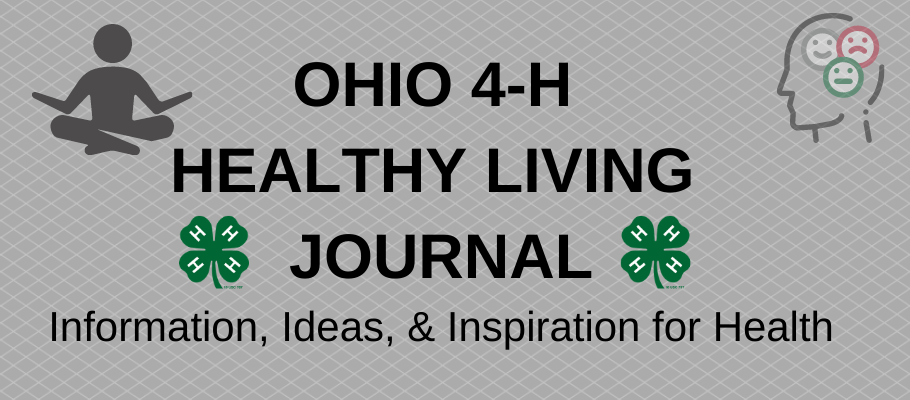“Injustice anywhere is a threat to justice everywhere. We are caught in an inescapable network of mutuality, tied in a single garment of destiny. Whatever affects one directly, affects all indirectly.”
Rev. Dr. Martin Luther King, Jr. “Letters from a Birmingham Jail” (April 16, 1963)
I have visited the Martin Luther King, Jr., memorial many times, most recently just shy of a year ago. At first, I saw it only at night, on night tours of our nation’s capital. Having since seen it during the day, I prefer the night view. Dr. King’s image looms large, literally emerging from the stone, the stone of hope (“out of the mountain of despair, a stone of hope” from the “I Have a Dream” speech, August 28, 1963). It always gives me pause, an opportunity to reflect on the meaning of Dr. King’s words.
On this day when we celebrate the life and work of Martin Luther King, Jr., it’s inevitable that we turn to his words, and how they speak to us, even so many years later.
It’s easy to see how Dr. King’s words relate to health: Every person, regardless of where they live, what race they are, and what income they have, should have equal opportunities to stay healthy. It seems so simple, doesn’t it? But we have much work to do to make this a reality.
In an uncharacteristically short post, I will leave you with a cover of James Taylor’s “Shed a Little Light” by two a cappella groups, The Maccabeats and Naturally 7. Here are the lyrics of this song:
“Shed A Little Light”
Let us turn our thoughts today to Martin Luther King
and recognize that there are ties between us, all men and women living on the Earth.
Ties of hope and love, sister and brotherhood, that we are bound together
in our desire to see the world become a place in which our children can grow free and strong.
We are bound together by the task that stands before us and the road that lies ahead.
We are bound and we are bound.
There is a feeling like the clenching of a fist
There is a hunger in the center of the chest
There is a passage through the darkness and the mist
And though the body sleeps the heart will never rest
Shed a little light, oh Lord, so that we can see, just a little light, oh Lord.
Wanna stand it on up, stand it on up, oh Lord,
wanna walk it on down, shed a little light, oh Lord.
Can’t get no light from the dollar bill, don’t give me no light from a TV screen.
When I open my eyes I wanna drink my fill from the well on the hill,
do you know what I mean?
Shed a little light, oh Lord, so that we can see, just a little light, oh Lord.
Wanna stand it on up, stand it on up, oh Lord,
wanna walk it on down, shed a little light, oh Lord.
There is a feeling like the clenching of a fist, there is a hunger in the center of the chest.
There is a passage through the darkness and the mist
and though the body sleeps the heart will never rest.
Oh, Let us turn our thoughts today to Martin Luther King
and recognize that there are ties between us.
All men and women living on the Earth, ties of hope and love, sister and brotherhood.
The task before us: Let us recognize that there are ties between us and work to make the world a better, healthy place for all.
Yours in Health,
Theresa Ferrari, Extension Specialist, 4-H Youth Development







